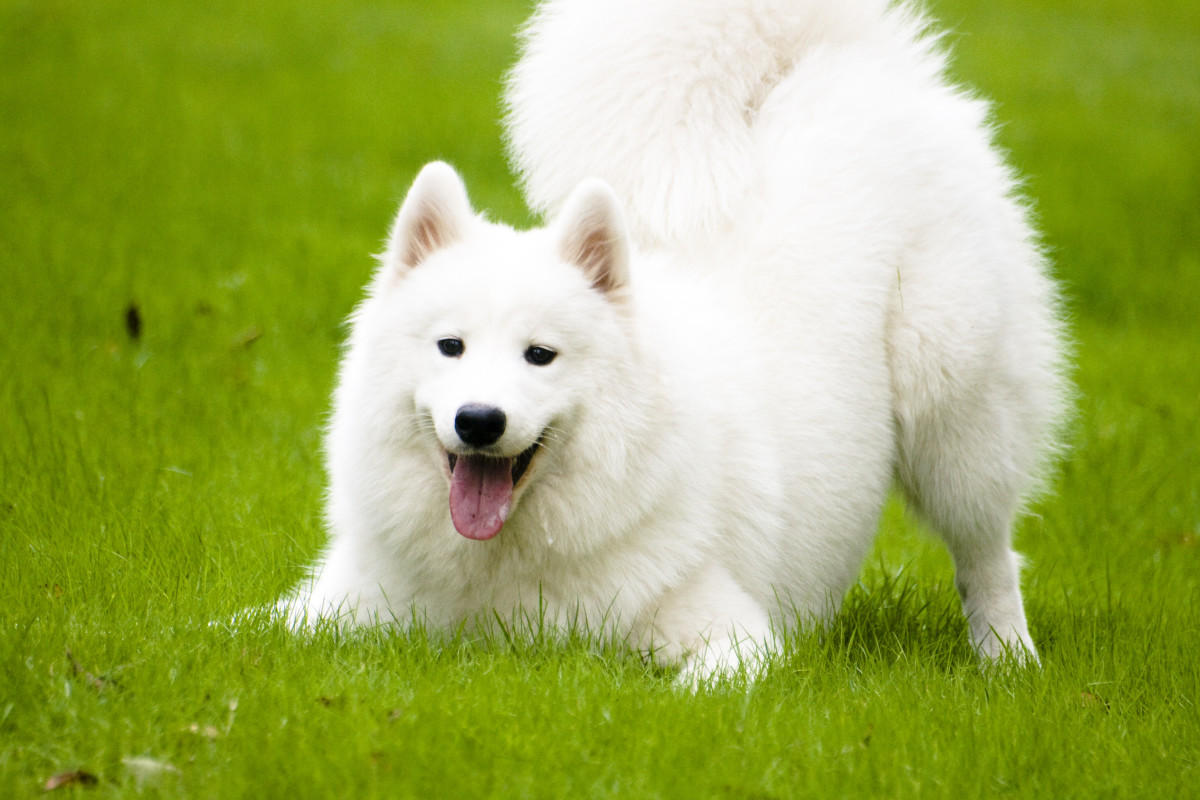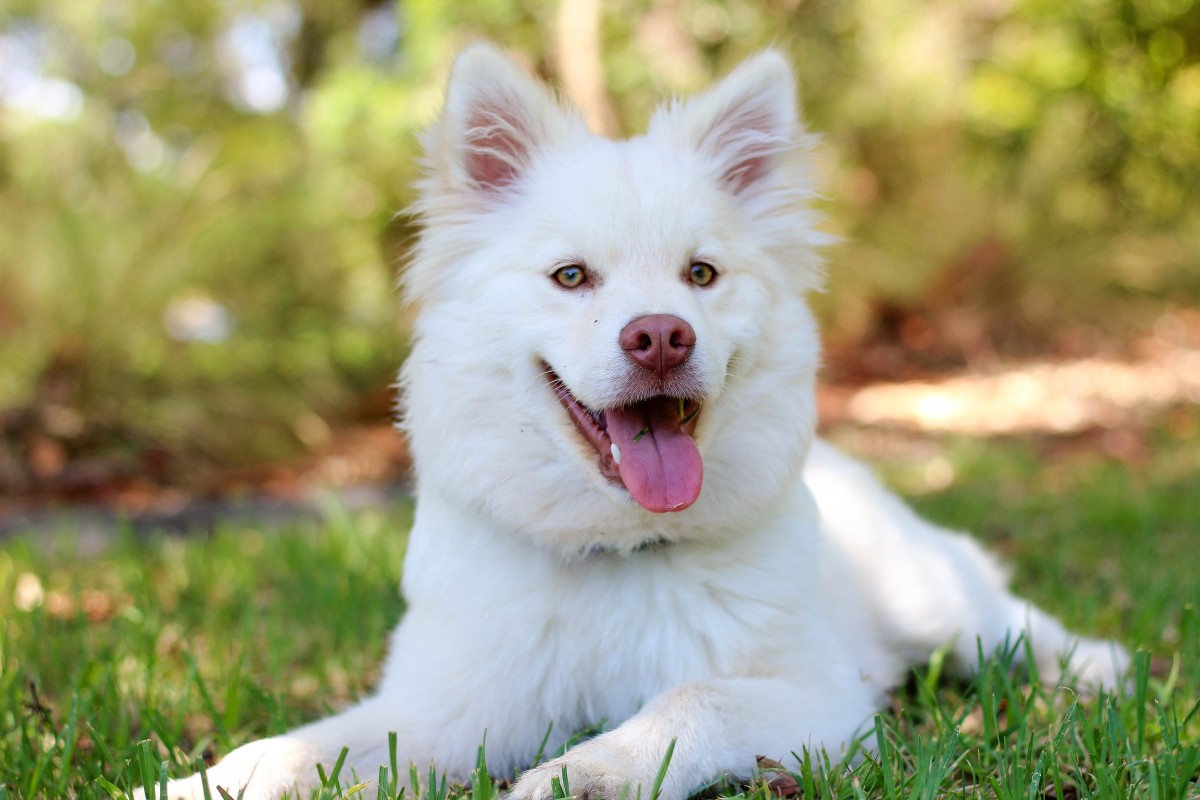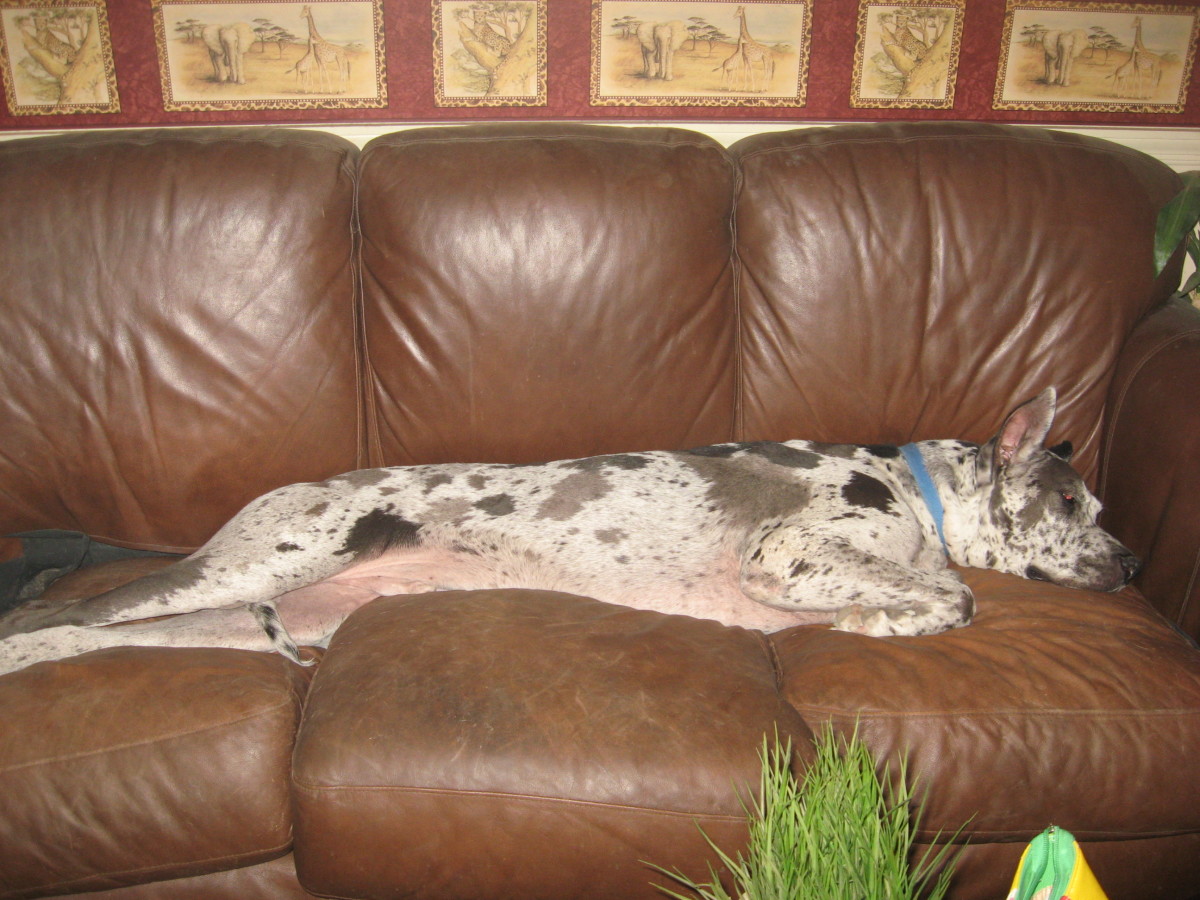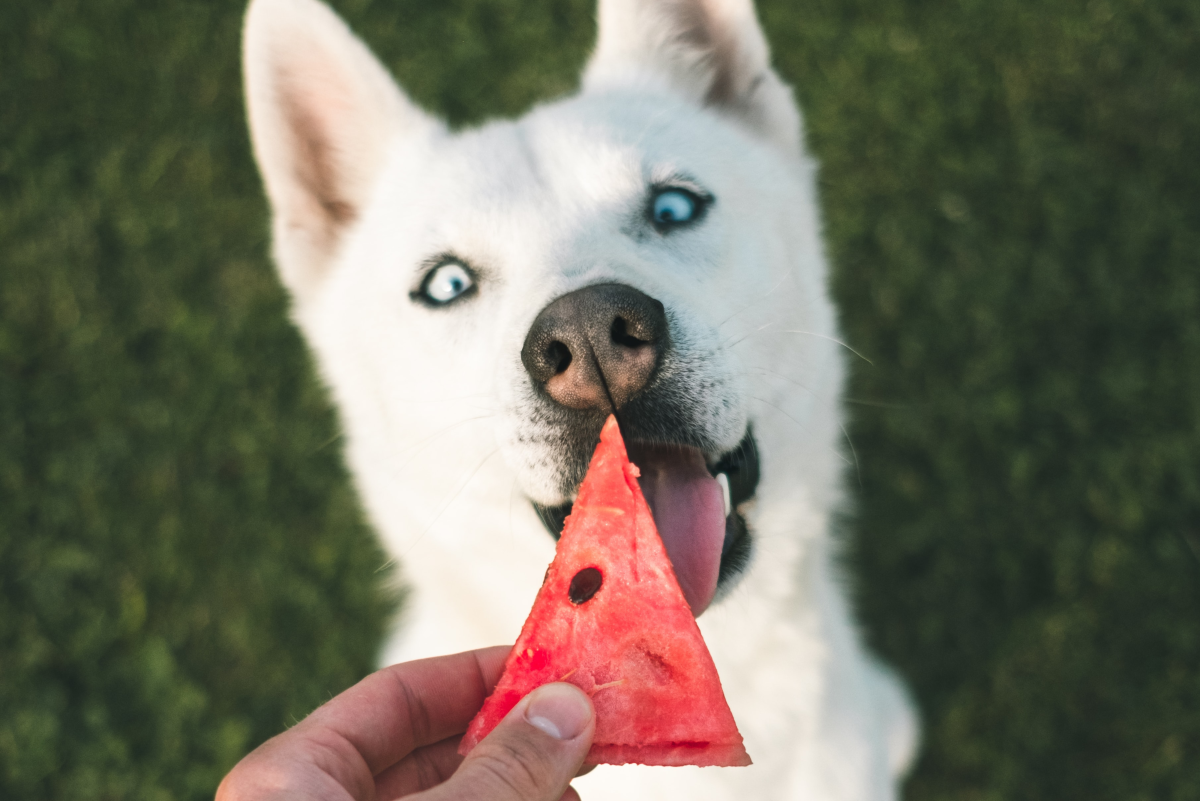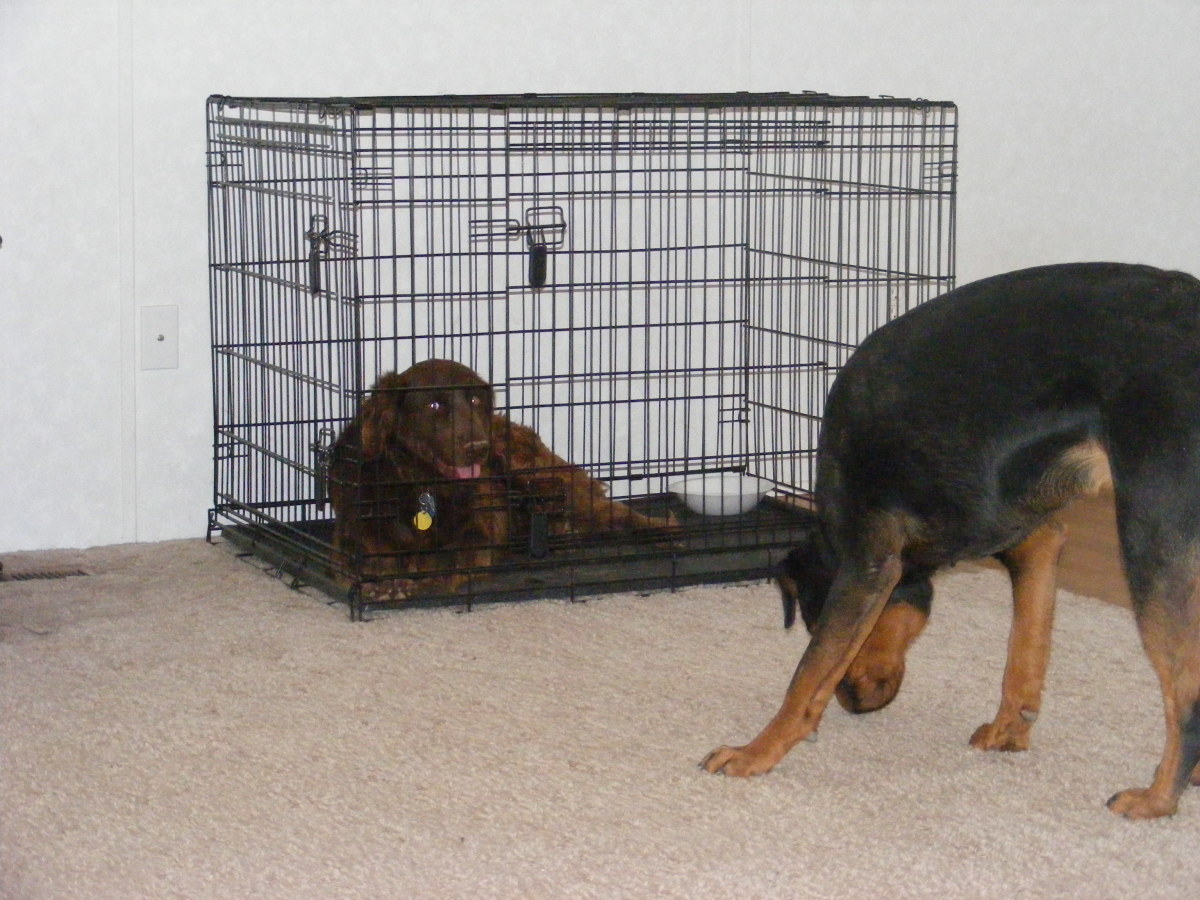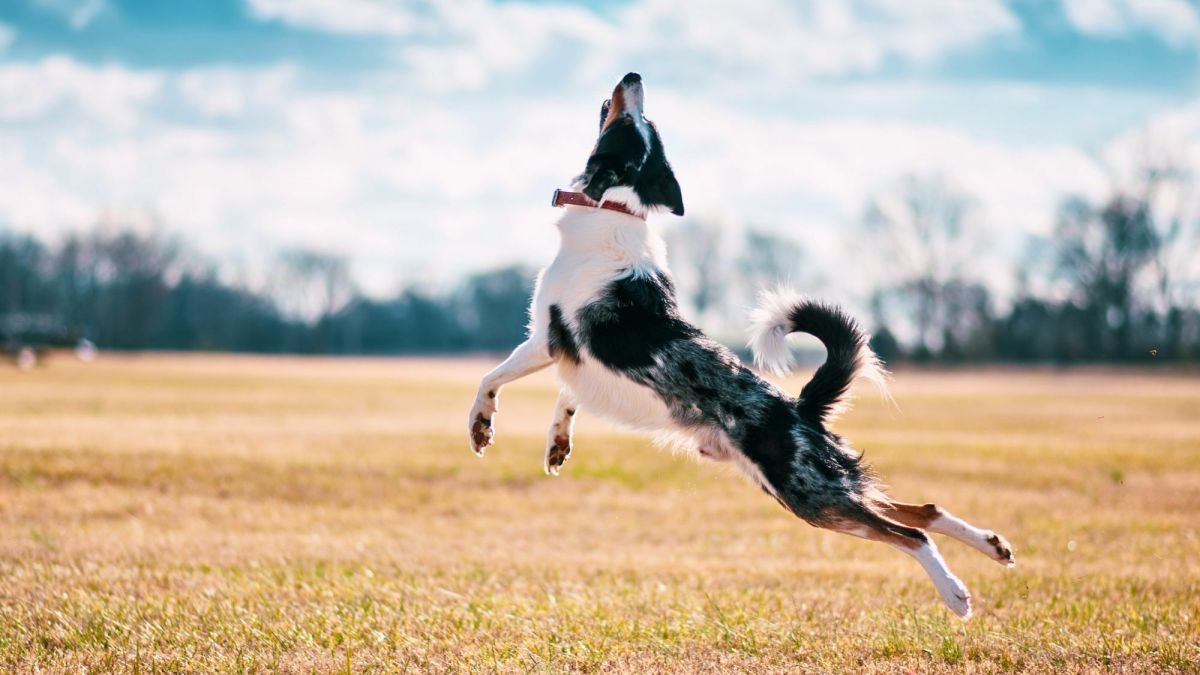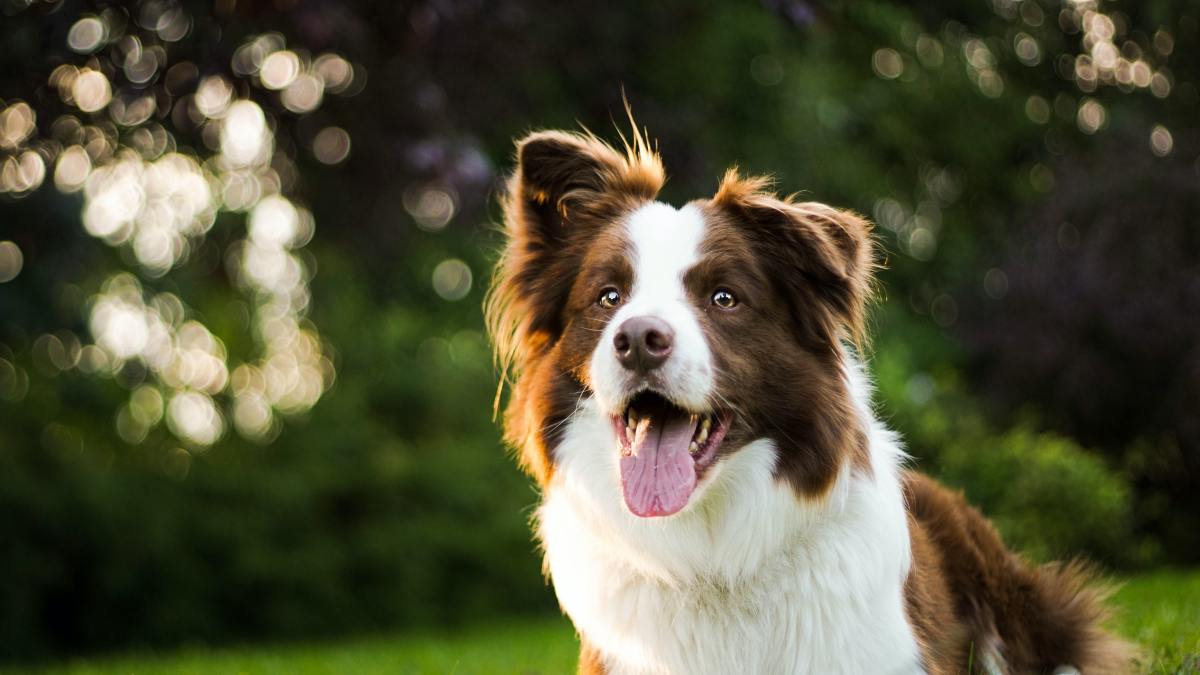Dog Language: How to Become "Bow-Lingual"

Learn A New Language (Dog Language, That Is)
You don't have to be like Dr. Dolittle to understand your dog. Dogs have the ability to tell you exactly how they feel . . . whether happy, sad, bored, excited, disgusted, puzzled, confident, uneasy or frightened.
What does it take to know what Fido is telling you? Learning "dog language" of course! And it's easy once once you understand your dog's body language.
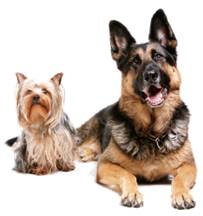
Canines: Universal Language
It is said that if two dogs from totally different countries were put together, they would understand one another within minutes. Why? Because canines share a universal language. Like an instinctual choreogrphed dance, dogs carry out a series of actions which is their way of gathering and exchanging information about another dog.
Here's a typical scenario:
With ears held back, tails taut and bodies tense, they circle and sniff each other . . . ready to defend themselves at any moment, if need be. The two will often avoid direct eye contact, at least at first, sizing each other up to determine if the other is male or female, strong or weak, hostile or non-hostile.
In the end, these two will agree (with a series of actions) just who is dominant.
Every dog, whether greyhound or great dane . . . shepherd or shih tzu . . . beagle, boxer or bulldog . . . they all, share a common language.
How Do Dogs Learn To Speak To One Another?

Photo used under Creative Commons from: beedieu, on Flickr
During the first eight weeks of their lives, pups learn body language from their mothers. They are then able to test and develop this "dogspeak" with their littermates.
Without this maternal training, a dog may have trouble communicating with other dogs throughout his or her life.
How To Read Dog Body Language
. . . . . . . . . . . . . . .
Since dogs don't have hands and fingers for gesturing, like we do . . . you can observe several parts of their bodies for clues as to how they might be feeling or reacting.

Example: Facial & Other Expressions
Eyes
A dog's facial muscles are not as refined as us humans, but he can wrinkle his forehead to show confusion or straighten it to express determination.
Ever see your dog raise his eyelids and tilt his head to one side? Your dog is no doubt saying that he wants you to give him further direction.
FYI: When the pupils are dilated and he shows the whites of his eyes, he is afraid. When he averts his eyes, it's to avoid confrontation. When he narrows his eyes and follows your every move, this may indicate anger or a readiness to defend himself.
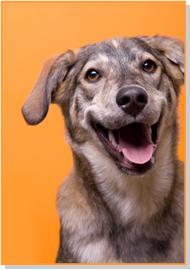
Lips . . . Teeth and Tongue
A dog that is relaxed will assume a normal posture and let her tongue loll out of her mouth. She may pull her lips back and show her teeth slightly, in what appears to be a smile.
This is usually an indication that she is happy or wants something from you.
FYI: On the other hand . . . baring of clenched teeth with a wrinkled nose and tense body is usually a sign that a dog is ready for attack.

Oh, Those Ears!
Even dogs with the floppiest of ears have the ability to move them to indicate how they are feeling.
When a dog's ears are perked up and facing forward or . . . simply relaxed, she is generally happy, listening, or showing acceptance.
FYI: If the ears are down flattened against the head, she may be signaling submission or deference.
Posturing Or Body Stance
is another "gesture"
you can learn to interpret.
What Do You Think This Dog Is "Saying?" - Ready To Pounce . . . Or, Want To Play?
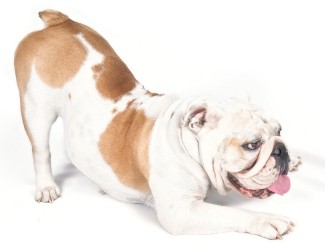
If you think this pooch wants to play . . . you're right!
Posture: A dog signals his desire to play by dipping down into a "play bow." His front legs are in a crouch position and his backbone swoops up, leaving his rear haunches high, tail wagging. His head may be held up expectantly to capture your attention.
Grr-reat "Dog Language" Resources
The variations of dog body language are many. So if you really want to
learn how to interpret your dog's posture, expressions and vocalizations,
you need to grab one of these helpful resources
Helpful Articles & Charts About Dog Body Language
- How to Interpret Your Dog's Body Language, Facial Expressions and Vocalizations
Over the centuries wolves evolved an elaborate system of body language, facial expressions, and vocalizations to communicate . . . - Canine Body Language Chart
You can use this information to get an idea of what to look for in your dog and what feelings they are showing. - Dog Language
Dogs speak, but in a different language . . . - Dog Body Language Chart - Printable PDF
A printable PDF dog body language chart

